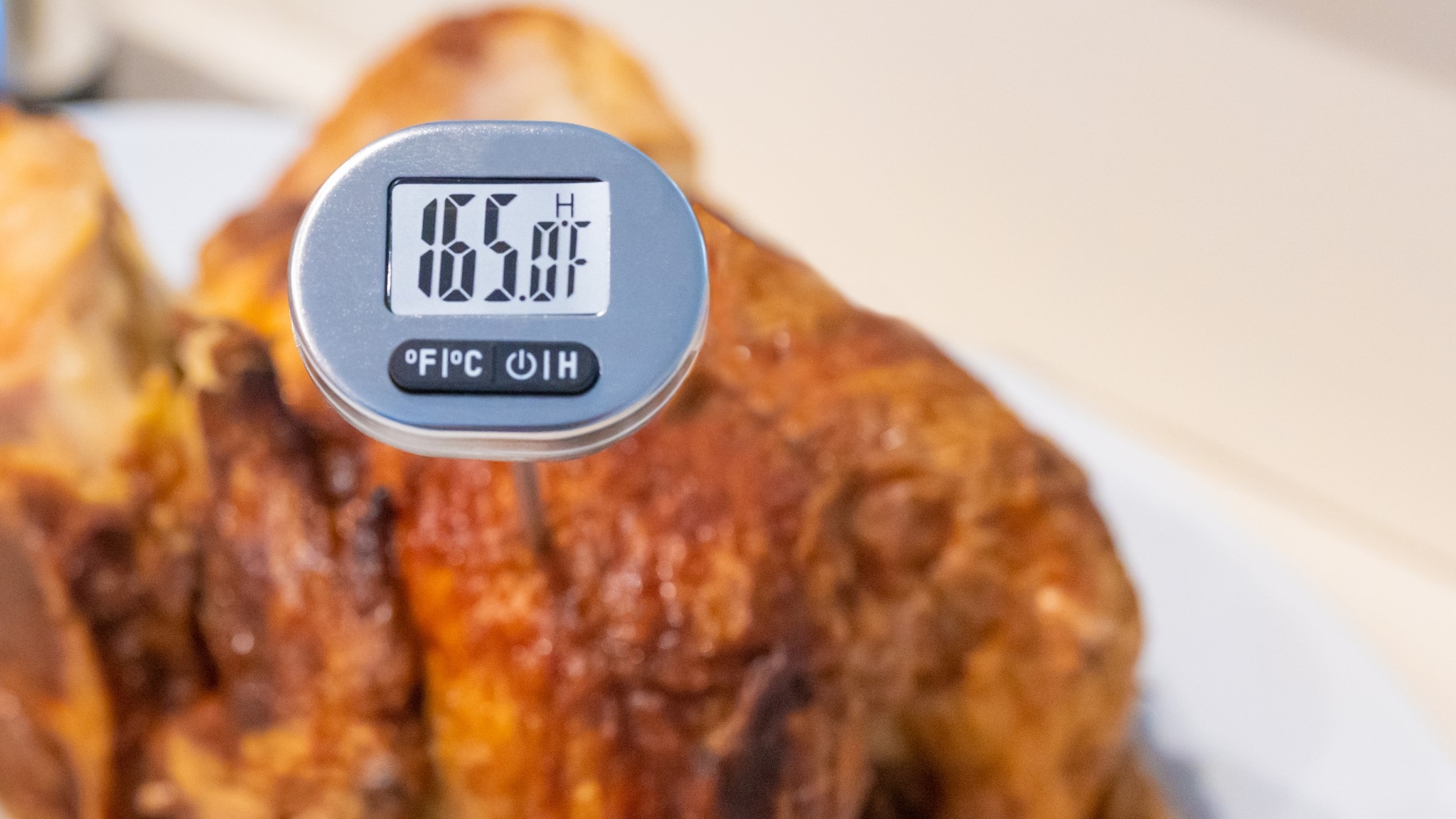Key points
- Cook foods to their safe internal temperature.
- Keep cooked foods at 40°F or colder or 140°F or hotter.
- Refrigerate leftovers at 40°F or colder within 2 hours of cooking the food or after removing it from an appliance keeping it at a safe temperature.

Prevention tips for the home
Tip
Cook food to the right temperature.
Always cook food to a safe internal temperature to kill harmful germs that might be in the food.
- Learn how to place the thermometer correctly in different foods to get an accurate reading.
- This is especially important when cooking whole poultry, roasts, and other large cuts of meat.
Eat, cool, or keep food heated.
C. perfringens and other germs can multiply rapidly in foods left in the "danger zone" between 40°F and 140°F. Keep foods out of the danger zone by serving and eating them immediately after cooking them.
If you cook food ahead of time, be sure to
- Keep it heated to 140°F or hotter before serving.
- Refrigerate it at 40°F or colder before serving.
- Reheat it to 165°F or hotter before serving.
Refrigerate food promptly.
Refrigerate food at 40°F or colder.
- Refrigerate within 2 hours after cooking the food or removing it from an appliance that's keeping it at a safe temperature.
- Refrigerate within 1 hour if the food is in temperatures hotter than 90°F, such as in a hot car or at a picnic.
Reheat leftovers safely.
Reheat leftovers to 165°F or hotter before serving.
Keep reading
About Four Steps to Food Safety
About Four Steps to Food Safety
Prevention tips for serving large groups
Keep in mind
Train food service workers to follow all food safety standards, including handwashing.
Prepare, hold, and store food properly.
- Be mindful of the people, processes, and equipment involved in food preparation and storage.
- Make sure all equipment and thermometers are working properly.
- Make sure that food is cooked to a safe temperature.
- Make sure food is kept at safe temperatures after preparing it and during serving it.
Be mindful when catering.
- Catering events have been linked to outbreaks of C. perfringens food poisoning.
- Outbreaks can happen when food is not kept out of the "danger zone" (40°F and 140°F).
- Be sure all food is kept at a safe temperature, including during transportation.
- Regularly check the temperature of the food during the event.
- Remember to refrigerate food promptly.
Keep reading
Resources for Environmental Health Professionals


